Compact fluorescents vs. halogen in ceiling? Spots or floods?
tetrazzini
15 years ago
Related Stories
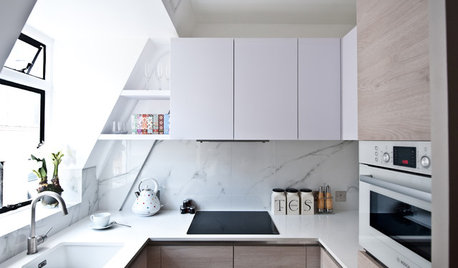
THE HARDWORKING HOMESmart Ways to Make the Most of a Compact Kitchen
Minimal square footage is no barrier to fulfilling your culinary dreams. These tips will help you squeeze the most out of your space
Full Story
FUN HOUZZ10 Things People Really Don’t Want in Their Homes
No love lost over fluorescent lights? No shocker there. But some of these other hated items may surprise you
Full Story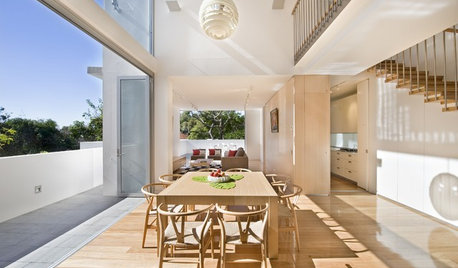
ARCHITECTUREAre Vaulted Ceilings Right for Your Next Home?
See the pros and cons of choosing soaring ceilings for rooms large and small
Full Story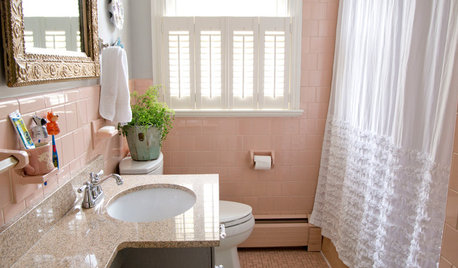
BATHROOM DESIGNHouzz Call: Have a Beautiful Small Bathroom? We Want to See It!
Corner sinks, floating vanities and tiny shelves — show us how you’ve made the most of a compact bathroom
Full Story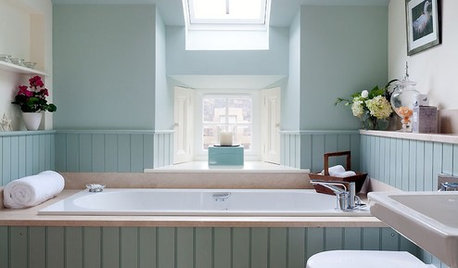
SMALL SPACES10 Tips for Chic Little Bathrooms
Get more visual appeal and storage in less space, following the lead of these stylish compact bathrooms
Full Story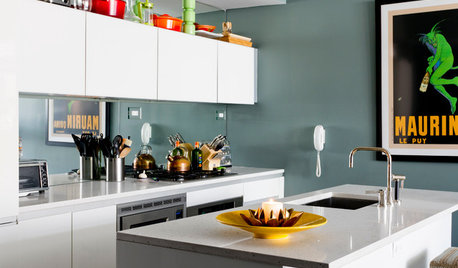
SMALL KITCHENS12 Genius Design Moves for Small Kitchens
These space-enhancing tricks can make compact cooking zones look and feel larger
Full Story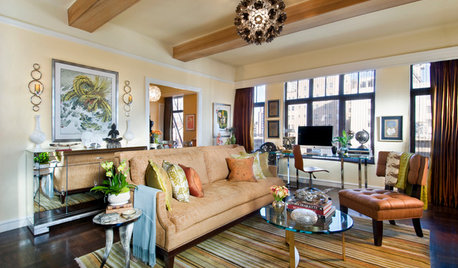
DECORATING GUIDESHouzz Tour: A Wealth of Style in 800 Square Feet
After a fire, a designer starts from scratch in another apartment. Check out her tricks for making a compact live-work space feel just right
Full Story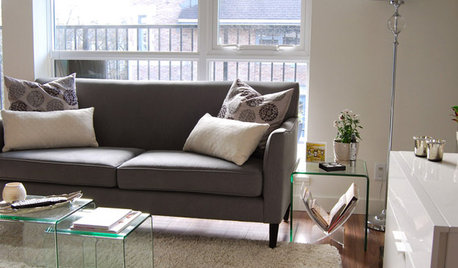
HOUZZ TOURSHouzz Tour: Contemporary Nest in Fun Vancouver Neighborhood
First-time homeowner turns her compact apartment into a peaceful, light-filled home
Full Story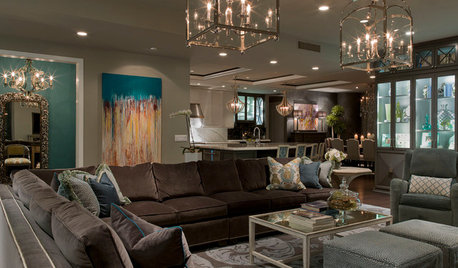
LIGHTING8 Ways to Get Ambient Lighting Just Right
See clearly, boost energy and create the mood you want with these tips for harnessing natural and artificial light
Full Story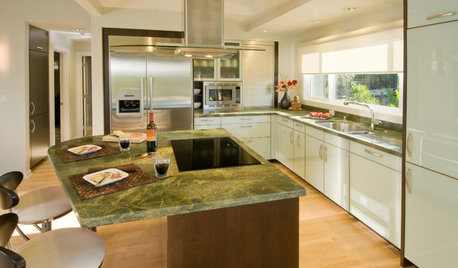
GREEN BUILDING7 Everyday Ways for Going Greener at Home
Build in Some Automatic Ways to Save Time, Money and the Earth's Resources
Full Story




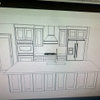
amysrq
iris16
Related Discussions
halogen vs fluorescent
Q
Fluorescents in the Kitchen
Q
dimmable compact fluorescents
Q
T5 Fluorescent Under Cabinet Lighting - need help
Q
Jim Peschke
oruboris
olympiceagle
olympiceagle
vjrnts
jeanar
olympiceagle
nuccia
janwad
oruboris
tofu_dog
tetrazziniOriginal Author
jtsgranite4us
modernhouse
tetrazziniOriginal Author
claybabe
bodiCA
amysrq
coffeehaus
tetrazziniOriginal Author
no_clever_name
coffeehaus
nuccia
amysrq
oruboris
sue_ct
claybabe
tetrazziniOriginal Author
brutuses
sue_ct
jtsgranite4us
sue_ct
sue_ct
PoorOwner
sue_ct